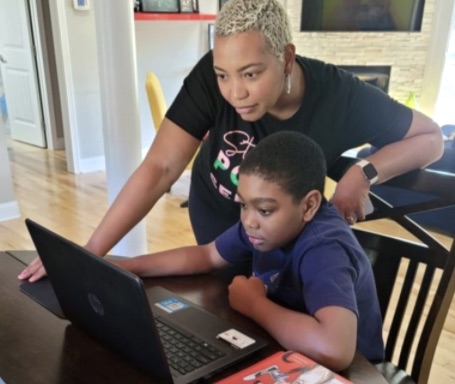| LEXINGTON, Ky — The Prichard Committee for Academic Excellence released an analysis of Amendment 2, a proposed amendment to Kentucky’s Constitution that would allow the allocation of public funds to school choice options beyond traditional public schools. The analysis, which outlines the potential financial and education outcomes of the amendment, found that funding private K12 educational institutions is not an appropriate or effective use of public funds. Amendment 2 will appear on ballots in November.
“An amendment to Kentucky’s constitution that opens the door to private school choice with public dollars is likely to have significantly negative consequences for Kentucky’s long-standing march to improve education outcomes,” said Prichard Committee President/CEO Brigitte Blom. “Diverting public dollars to private school choice options creates the conditions for an unregulated market with no accountability to the taxpayers who fund it, and no durable research that warrants such an investment.”
The amendment’s passage would allow the Legislature to direct public funds to support private schools (including parochial schools), homeschooling and charter schools through various financial mechanisms like vouchers, tax credits and education savings accounts.
Diverting funds to private schools is shown to spread scarce resources across more providers, thereby reducing overall access and improvement to quality in education, especially in areas where there is population decline. This will certainly be true in rural areas of the state and could likely be true for the state as a whole with population decline forecasted in the years to come.
Additionally, Amendment 2 would open the door to the state investing in education options that create barriers for accountability. Public schools are held to accountability standards of which private and parochial schools, as well as homeschools, are currently exempt.
Research shows that in states with high participation in school choice programs, a significant portion of funds frequently benefit wealthier families, leaving low- and middle-income families with less funding for the public schools these families rely on. Ensuring public funds stay within the public education system supports a fair distribution of resources to help ensure better outcomes for all students, the analysis found.
Additionally, public schools are required to serve all students, including those with disabilities and the need for additional support. Many private schools are not required to guarantee the same level of support for students with learning differences, and the requirement to serve all children falls back to the public system, with fewer resources.
“Investing state dollars in what works is critical, and even more so in a state like Kentucky where we’ve risen from the bottom of the national rankings since the 1990s to roughly the middle today,” said Blom. “While there is clearly more work to be done to continue to improve education outcomes – and parents can and must demand that improvement – now is not the time to spend shared public dollars on strategies with no durable outcomes at best – and negative outcomes at worst.”
Read the Prichard Committee’s full analysis here. |



